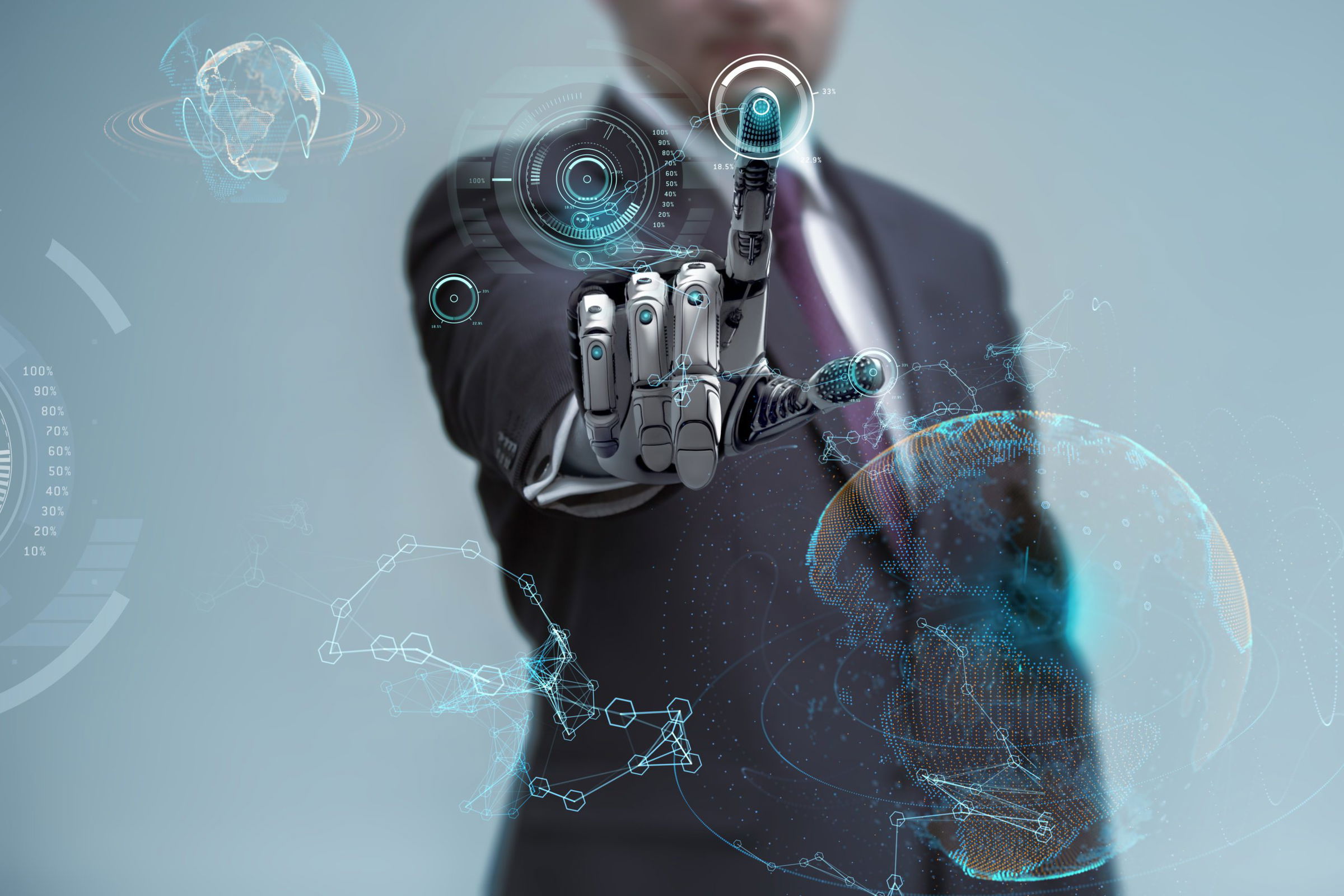Do you know why artificial intelligence courses are so popular? For the last 70 to 80 years, we have been trying to simulate our intelligence in many artificial entities, which has given rise to the growing field of artificial intelligence (AI). Although AI has surpassed humans in many respects, it still does not live up to its name. AI, as we define it, does not yet exist, nor is there a consensus among experts as to whether it can be achieved.
However, while AI is captivating with its incredible applications and rapid growth (autonomous cars, nanorobots, etc), AI has infiltrated almost all disciplines and has had a particular impact on biosciences. AI offers sufficient computational power and capacity to address the complexity of biological research through simulations (known as “artificial life”). It presents itself as an ideal testing ground, a bounded but unbounded environment where physical laws are adaptable, all parameters are traceable, measurable, storable and retrievable.
AI in Biology
This translates into the possibility of overcoming some of the most important challenges of research in biology. For example, the ethical limits of animal experimentation with drugs for cancer and other diseases, or the methodological difficulties in studying complex systems such as human language, multicellularity or collective intelligence. AI also benefits from this interaction. After all, the key to being able to reproduce a natural system in an artificial environment depends on the knowledge one has of the system in question.
Deep Learning
Deep Learning is one of the many approaches to AI and is inspired by the structure and functioning of the brain through the interconnection of neurons, mimicking the biological structure of the brain through algorithms called Artificial Neural Networks that specialise in detecting specific features, through different layers of neurons, to achieve unsupervised learning. The concept is given by the multiple layers it can comprise.
A neural network needs approximately 50,000 times more energy to function than the human brain. For this reason, computers with traditional architectures are not suited to support the parallel processing that the brain carries out so efficiently. Therefore, research is being carried out into brain-mimicking computing techniques called Neuromorphic Computing.
Artificial Immune Systems
There is an initiative that aims to understand how different parts of the brain work in order to diagnose and treat brain diseases and to develop neuromorphic computers that can learn in the same way as the brain does. These advances need to incorporate multidisciplinary knowledge from neuroscience research, psychology, and ICTs. But it is not only the human brain that is a source of inspiration. Artificial Immune Systems comprise computational methods based on the processes and mechanisms of the human immune system and are used for learning and protecting information systems from malware.
AI and IOT
Finally, we could compare the relationship between Artificial Intelligence and the Internet of Things as the relationship between the brain and the human body. Our bodies collect sensory information (sight, hearing, touch, etc) and send it to the brain, to make sense of this information in order to make the decisions and/or actions, sending signals back to our body if necessary, for example, to pick up an object.
Conclusion
In conclusion, the symbiotic relationship between AI and bioscience has provided the ultimate testing ground for solving some mysteries of biology, as well as the theoretical framework needed to achieve real artificial intelligence. Any of us can learn AI or do a machine learning certification, but only the best prepared will be part of this amazing field of study, so study with Imarticus and go as far as you want.


